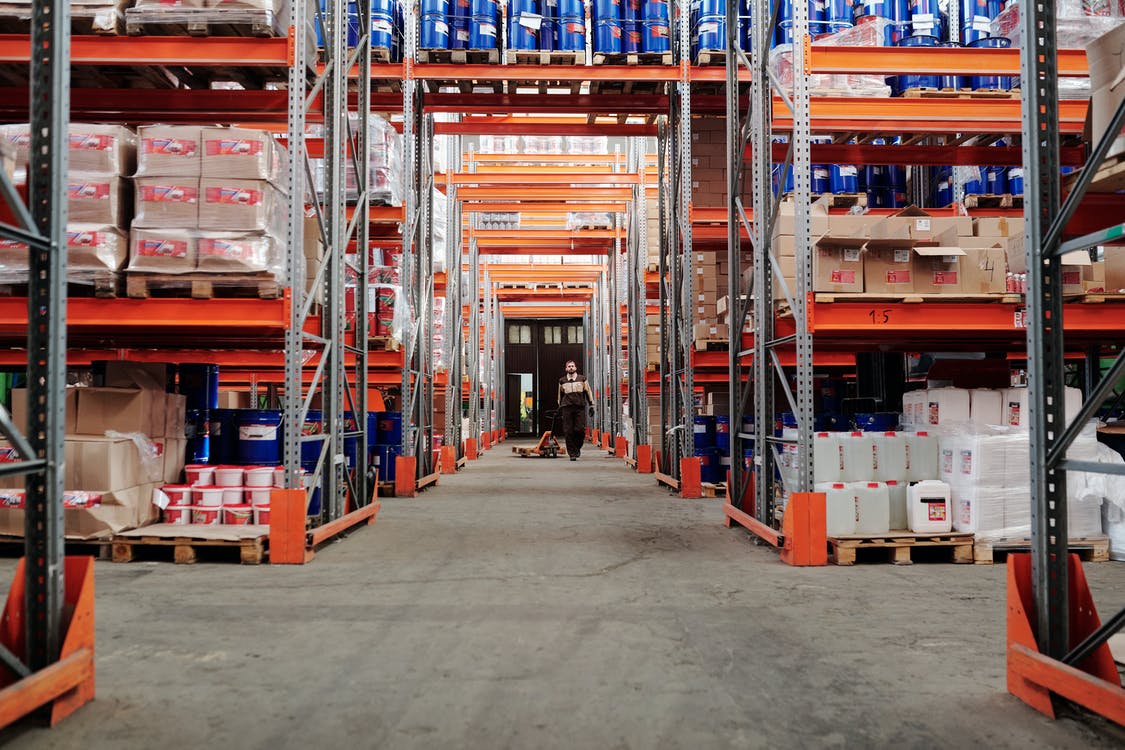What You Need to Know about the Container Imbalance and COVID19 – Infographic

Container imbalance is one of the most serious issues that can happen in the logistics industry. Such a phenomenon can lead to a series of outcomes that negatively affect the global economy. Lack of available containers for shipping can disrupt the supply chain of many businesses, especially those that cater to products with a low shelf life to their customers overseas.
Unfortunately, due to the outbreak of the COVID-19 virus, container imbalance is currently rampant in some parts of the world. It all started in March 2020, when lockdowns were strictly implemented in many countries, including the Philippines. The government prohibited public gatherings and other outdoor activities for a long time, which severely brought the entire nation’s economy to a halt.

During these periods of lockdowns, the operations in ports became slower. Not all employees at the port are allowed to work outside, limiting the movement of the cargoes. Moreover, some factories temporarily closed their facilities, leaving massive numbers of containers stuck at the port. These problems prompted the shipping lines to avoid further loss of income by reducing the vessels they use in transportation.
China, the world’s leading exporter of goods since 2009, managed to control the infection rate of the COVID-19 earlier than most countries. Starting in the month of July, China is slowly regaining its economic activities, reopening its factories that encouraged many businesses to rely on China-made products.
The shipping lines with a limited number of vessels weren’t able to transport all the products from China, let alone carry empty containers. This sudden surge in the volume of exports created an imbalance in the current capabilities of shipping carriers in transporting products to countries that are still recuperating from the pandemic.
Another reason for container imbalance lies in decreased manpower. The containers used today for shipping purposes normally undergo a lengthy process before it can be emptied and returned to the port. Shipping containers are often loaded on a truck and sent to faraway places to deliver their contents. The loss of port employees also means that there will be a shortage of drivers, which will take the containers at least a week to be returned.
With China as the center of the world’s exports during the pandemic, the demands coming from other countries will gradually increase during the holidays. This means that the container imbalance might linger until next year or at least a few months after the pandemic finally subside.
Excelsior Worldwide Freight Logistics conducts free orientation for those who are willing to learn. It is our advocacy to share our knowledge & experience worth more than a decade in the business. Visit our website today at www.excelsior.ph to learn more about our service.
Sources:
